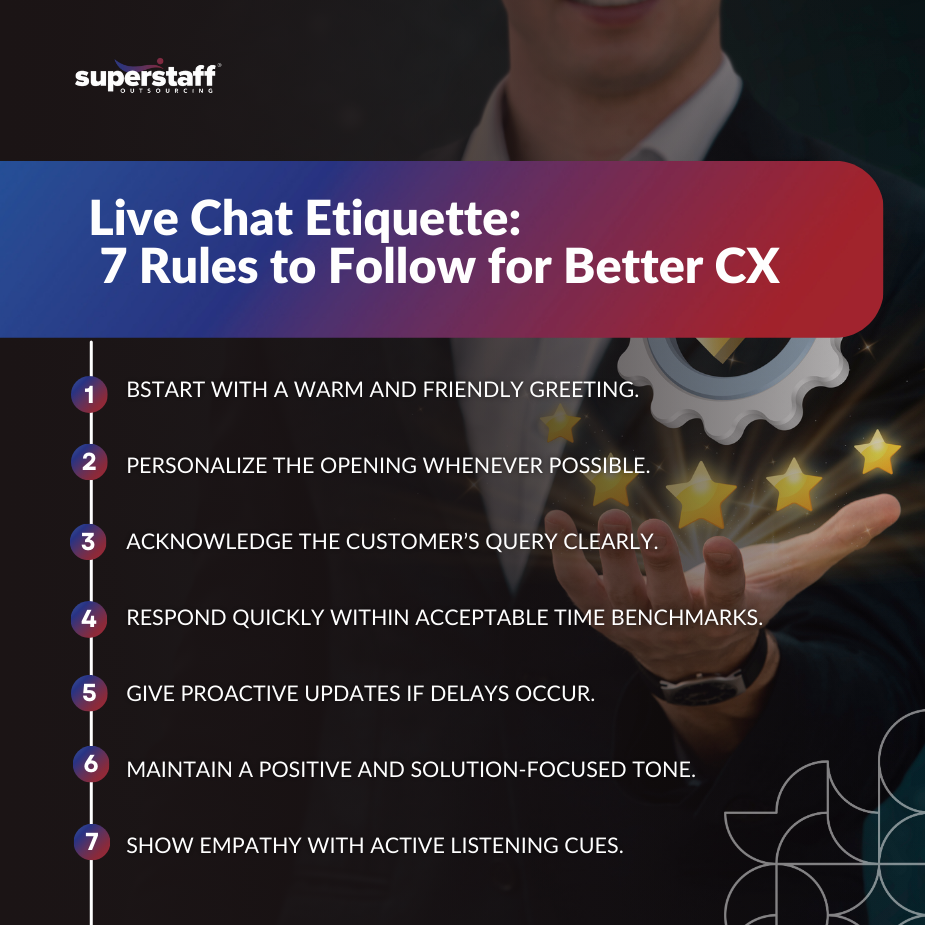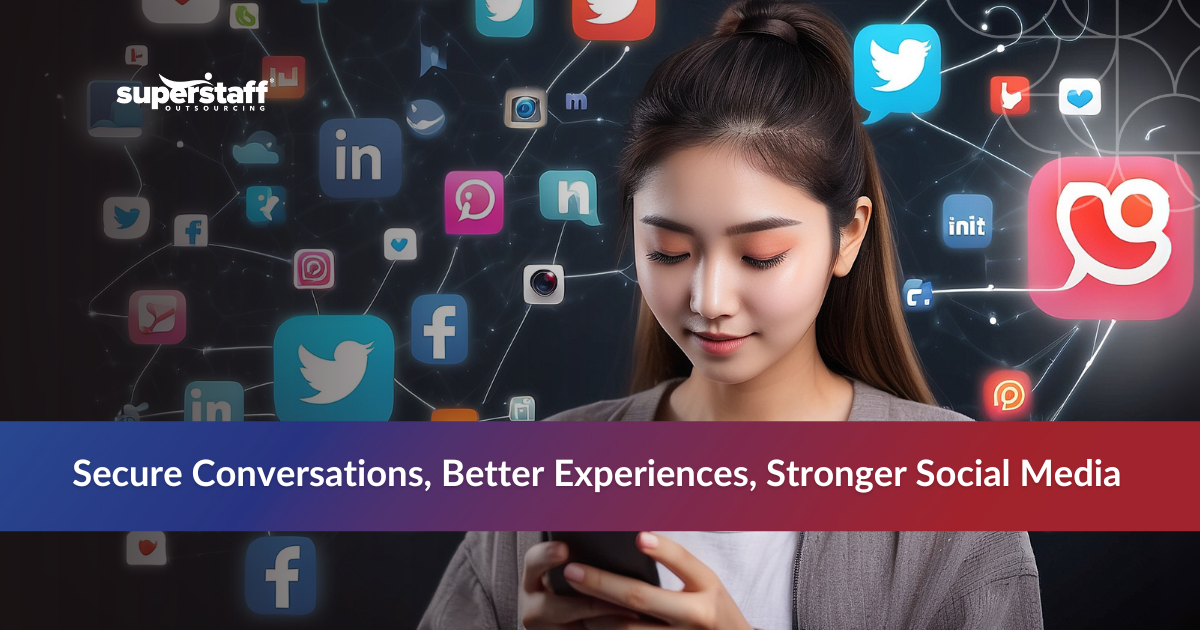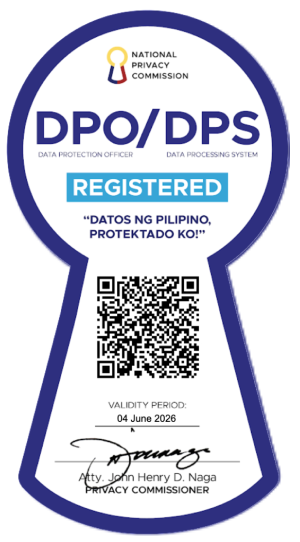
Live chat is no longer just a support add-on; it has become the frontline of customer experience. In a digital-first world, consumers want more than quick answers; they expect instant responses that feel human, conversational, and personalized. That’s why live chat etiquette plays such a critical role in shaping how customers perceive your brand.
Without clear etiquette, even the fastest response can come across as cold or dismissive, leading to frustration rather than resolution. Proper etiquette ensures that every interaction builds trust, communicates professionalism, and strengthens the customer relationship. It sets the standard for speed, clarity, empathy, and respect, all of which are essential in today’s competitive landscape.
This blog outlines the best live chat etiquette practices for better CX. By mastering these principles, companies can transform their digital touchpoints into meaningful, positive experiences that drive satisfaction, loyalty, and long-term growth.
Live chat begins with the right first impression.
The very first message in a live chat sets the tone for the entire customer interaction. Just as a face-to-face conversation starts with a handshake or a smile, a customer service live chat begins with a greeting. Customers form impressions within seconds, and those impressions are often lasting. That is why businesses must treat the opening message as more than a formality—it’s the foundation of trust.
A warm and friendly greeting makes customers feel welcome. Something as simple as “Hello, thank you for reaching out today! How can I assist you?” communicates professionalism while immediately acknowledging the customer’s presence.
Personalization goes a step further. Using the customer’s name or referencing their previous interaction shows attentiveness and care. Instead of a generic “How can I help?”, a message like “Hi, Sarah! I see you’re following up on your order. Let’s take a look together.” builds rapport instantly.
Acknowledging the query is equally important. Customers want to feel heard, not overlooked. Repeating back or rephrasing their request confirms understanding and reassures them that their concern is being addressed. For instance, “Just to confirm, you’d like an update on your shipping status, correct?” avoids misunderstandings while fostering clarity.
Mastering these elements of live chat etiquette—warmth, personalization, and acknowledgment—ensures that the first impression paves the way for a productive and positive exchange. Once that connection is made, the focus shifts to maintaining speed and clarity throughout the conversation.

Speed is critical, but clarity sustains engagement.
In the fast-paced digital environment, waiting feels like a setback. Customers expect instant responses, and live chat was designed to deliver just that. However, speed alone does not define success. If the answer is rushed but unclear, the conversation stalls, frustration rises, and satisfaction plummets. Striking the balance between speed and clarity is central to live chat etiquette.
Response time benchmarks matter. Studies show that most customers expect a response within 30 seconds to a minute. Meeting this expectation shows attentiveness and respect for the customer’s time. Even if an immediate resolution isn’t possible, acknowledging the message right away—“I’m checking this for you now and will update you shortly”—keeps the conversation alive and prevents impatience.
Clarity is just as important. Long-winded or overly technical answers can confuse customers and slow progress. The best approach is to use concise, easy-to-read sentences. Breaking down complex processes into step-by-step instructions or bullet points ensures comprehension. For example, instead of “You need to reconfigure your settings to match our default parameters,” an agent could say, “Please click ‘Settings,’ then select ‘Default,’ and finally hit ‘Save.’”
Avoiding jargon is another critical rule. While internal teams may be fluent in technical terminology, customers often are not. Plain, everyday language bridges the gap and reduces frustration. In situations where delays occur, such as technical checks or escalations, proactive updates reassure customers that progress is being made. “I’m still reviewing this with our support team. Thank you for your patience—I’ll have an update in two minutes.”
Speed engages customers, but clarity sustains their trust. Together, these principles keep conversations efficient and frustration-free. The next layer of live chat etiquette builds on this foundation: tone and empathy.
Tone and empathy shape the customer’s emotional journey.
Live chat lacks the benefit of vocal tone, facial expression, or body language. That means words alone must carry warmth, understanding, and reassurance. This makes tone and empathy central to live chat etiquette, as they directly shape how customers feel throughout the interaction.
Positive phrasing makes a huge difference. Instead of saying, “I can’t do that,” an empathetic agent might say, “Here’s what I can do to help.” Framing responses around solutions rather than limitations keeps conversations constructive and supportive.
Active listening cues—like “I understand,” “That makes sense,” or “Thanks for clarifying”—demonstrate that the customer’s concern is being taken seriously. Even though live chat is text-based, these verbal signals bridge the emotional gap and make customers feel valued.
Striking the right balance between professionalism and friendliness is also among the live chat best practices. Too casual a tone risks appearing unprofessional, while overly formal language may come off as distant. The sweet spot is conversational professionalism: approachable, respectful, and adaptable to the customer’s tone. If a customer is formal, match their style. If they are more casual, a lighter approach works best.
Empathy transforms live chat from a transactional exchange into a meaningful connection. Customers may arrive frustrated, but empathetic tone and reassurance can de-escalate tension and restore trust. However, tone alone is not enough. Accuracy and honesty remain critical pillars of credibility.
Accuracy and honesty define credibility in live chat.
Customers turn to live chat for answers—and they expect those answers to be accurate. Providing incorrect information is worse than offering none at all, as it leads to confusion, repeated contacts, and loss of trust. That’s why accuracy and honesty are among the golden rules of live chat etiquette for customer service.
Before sending a response, agents should confirm details and double-check facts. If there’s uncertainty, it’s better to pause and verify than to risk misinformation. For example, saying, “Let me confirm this detail for you to be sure,” demonstrates thoroughness and builds credibility.
Escalating when necessary is another vital practice. Live chat agents are not expected to have every answer, but they are expected to know when to involve a specialist. Transparent hand-offs,such as, “I’ll connect you with our billing specialist who can resolve this quickly,” show accountability and professionalism.
Honesty is equally important when limitations arise. Customers respect transparency more than vague promises. If a system is down or a solution isn’t possible, saying, “I want to be upfront with you—this feature isn’t available right now, but here’s an alternative,” prevents disappointment later.
When accuracy and honesty guide the interaction, businesses reinforce trust and reliability. These principles ensure that even challenging situations are managed with integrity. And just as the first impression matters, so too does the closing of the conversation.
A graceful closure leaves customers with confidence and satisfaction.
The way a live chat ends can define whether the customer walks away satisfied or uncertain. Final impressions carry weight, making closure an essential part of live chat etiquette.
Thanking the customer shows appreciation for their time and reinforces goodwill. A simple “Thank you for chatting with us today!” leaves a positive impression. Summarizing resolutions ensures clarity. For instance, “To recap, we’ve updated your shipping details and you’ll receive your order by Friday” confirms that the concern has been addressed.
Offering next steps, whether it’s tracking a shipment, contacting support again, or providing links to resources, empowers customers to move forward confidently. Polite farewells like “Have a wonderful day!” or “We’re here if you need anything else” add warmth and a sense of completeness.
Closing etiquette transforms the chat into a full-circle experience. Instead of ending abruptly, businesses leave customers with reassurance, satisfaction, and trust in their brand. Together with greetings, speed, clarity, tone, empathy, and honesty, closure completes the cycle of excellent customer service.
Live chat etiquette is not just manners—it’s a growth strategy.
Some may see etiquette as a set of niceties, but in reality, live chat etiquette is a powerful business growth strategy. Customers who feel respected and valued are far more likely to remain loyal, recommend a brand, and return for repeat purchases.
High-quality live chat interactions directly impact customer satisfaction scores (CSAT). When etiquette is prioritized, customers report feeling heard, understood, and appreciated. This translates into higher retention rates, reduced churn, and increased lifetime value.
Word-of-mouth reputation also benefits. Customers often share their best (and worst) service experiences with friends, family, and online communities. By delivering consistent etiquette across every chat, businesses turn ordinary interactions into memorable brand-building moments.
In a crowded marketplace, etiquette becomes a differentiator. While technology and automation continue to evolve, businesses that master the human side of service will stand out. Etiquette ensures that no matter how advanced tools become, the customer always feels the presence of genuine care.
Ultimately, etiquette is not just about politeness—it’s about strategy. Businesses that embed etiquette into their live chat operations will strengthen relationships, protect their brand, and secure long-term growth.
Ensure Proper Live Chat Etiquette With SuperStaff’s Reliable Omnichannel Support Team
Live chat etiquette is the backbone of effective digital customer service. From the very first greeting to the final farewell, etiquette ensures that customers experience warmth, speed, clarity, empathy, honesty, and professionalism. These principles do more than solve problems; they create trust, build loyalty, and drive business growth.
Companies that neglect etiquette risk frustrating customers and losing competitive ground. But those that invest in training, clear standards, and outsourcing solutions that emphasize etiquette will deliver consistent, high-quality live chat experiences.
Now is the time for businesses to reframe live chat from a transactional support tool to a relationship-building platform. By following the golden rules of live chat etiquette, brands can transform simple conversations into lasting connections.






